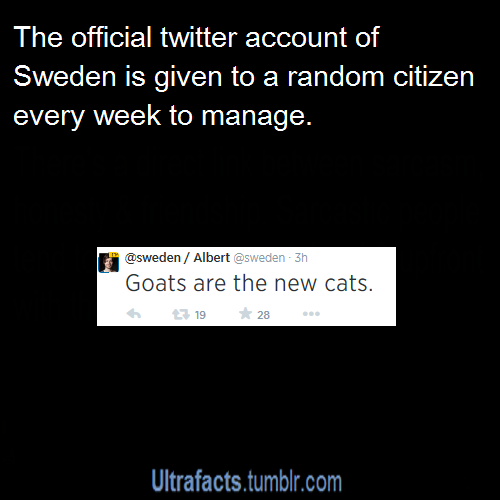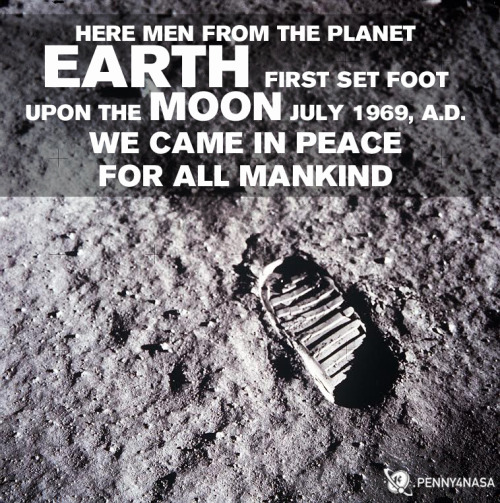Ryan Lang






Ryan Lang
More Posts from Techstarz and Others










Sources: 1 2 3 4 5 6 7/7/7/7 8 9 10
Follow Ultrafacts for more facts
Nice Honey necktie. I think 4K from @tjpones would approve.

Day #312: Honey Hugs
Some old art I drew for @honeycrisp-tales. Not feeling great today and I don’t think I posted this anywhere, so here ya go folks!

It’s that time of year again. http://cute-overload.tumblr.com
Build a Time Machine. Problem Solved ; )





This has been a very informative powerpoint.
absentlyabbie:
#this show is the only batcanon that matters to me #dc can burn everything else down but they’ll never pry the dcau from cold dead clawed hands
This is my Batman.










Baby-Doll Batman: The Animated Series
Save the Clock Tower.











The evolution of Halloween costumes for girls…

BEHOLD: The COSMOTRON 5000! (Aka a cloud chamber…)

How much does it cost to land on a comet?
Let's continue to reach for the stars.

"A scientific colleague tells me about a recent trip to the New Guinea highlands where she visited a stone age culture hardly contacted by Western civilization. They were ignorant of wristwatches, soft drinks, and frozen food. But they knew about Apollo 11. They knew that humans had walked on the moon. They knew the names of Armstrong and Aldrin and Collins. They wanted to know who was visiting the moon these days." - Carl Sagan After traveling four days and more than 238,900 miles, the Lunar Module Eagle began its descent to the surface of the Moon. Very early on, however, it became clear to Aldrin and Armstrong that their telemetry was incorrect as they recognized lunar landmarks were being passed too early. At approximately 6,000 miles above the surface, numerous guidance computer program alarms distracted the crew as they communicated with flight controllers. Mission Control engineers soon reassured the Eagle to continue with the descent as it was determined that their system was being overloaded with extra tasks not necessary to land on the Moon. After looking out of the window a few moments later, Armstrong was forced to take semi-manual control as he noticed that the navigational systems were guiding them towards an area comprised of boulders and an uneven landing surface. This manual override would require Aldrin to call out velocity and altitude data before landing fuel ran out. After a somewhat frantic period, the Lunar Module safely landed on the moon on July 20th, 1969 — with about 25 seconds of fuel remaining. As an estimated 600 million people watched, Neil Armstrong became the first ambassador of the planet Earth to walk on another world. For over 2.5 hours, he and Buzz Aldrin captured the imagination of our species as they performed various scientific and geological experiments. Along with planting an American flag, a commemorative plaque marking this monumental human achievement was mounted to the Apollo 11 Lunar Module — and remains as a relic of humanity’s first journey on the Moon. “We came in peace for all mankind. That statement really to me was a very symbolic one — not just of our mission, but of the entire Apollo effort.” - Buzz Aldrin, Apollo 11 Lunar Module Pilot Apollo 11 was arguably our most exciting adventure, and over the span of three years, NASA sent a total of 12 astronauts to explore the Moon. However, not since 1972 have human beings been beyond low-Earth orbit. Please watch our video, The Spirit of Apollo, and consider what raising the NASA budget will once again do for our society. https://www.youtube.com/watch?v=_G6jhUznonU
-
 apollotg liked this · 6 months ago
apollotg liked this · 6 months ago -
 the-letter-horror-lover liked this · 7 months ago
the-letter-horror-lover liked this · 7 months ago -
 baronofshadows1684 reblogged this · 1 year ago
baronofshadows1684 reblogged this · 1 year ago -
 fangirlmo reblogged this · 1 year ago
fangirlmo reblogged this · 1 year ago -
 fangirlmo liked this · 1 year ago
fangirlmo liked this · 1 year ago -
 missrupy liked this · 1 year ago
missrupy liked this · 1 year ago -
 lopez122417 liked this · 1 year ago
lopez122417 liked this · 1 year ago -
 takamine-cezar liked this · 1 year ago
takamine-cezar liked this · 1 year ago -
 eavmjsc reblogged this · 1 year ago
eavmjsc reblogged this · 1 year ago -
 eavmjsc liked this · 1 year ago
eavmjsc liked this · 1 year ago -
 cartoonfangirl1218 reblogged this · 1 year ago
cartoonfangirl1218 reblogged this · 1 year ago -
 cartoonfangirl1218 liked this · 1 year ago
cartoonfangirl1218 liked this · 1 year ago -
 fleurdepizza reblogged this · 2 years ago
fleurdepizza reblogged this · 2 years ago -
 zpansven liked this · 2 years ago
zpansven liked this · 2 years ago -
 game-cube liked this · 2 years ago
game-cube liked this · 2 years ago -
 thefearsomejabberwock reblogged this · 2 years ago
thefearsomejabberwock reblogged this · 2 years ago -
 racoonsbowtie liked this · 2 years ago
racoonsbowtie liked this · 2 years ago -
 mayalynx liked this · 2 years ago
mayalynx liked this · 2 years ago -
 justagh0ul liked this · 2 years ago
justagh0ul liked this · 2 years ago -
 viewfromthevault reblogged this · 2 years ago
viewfromthevault reblogged this · 2 years ago -
 red-flare reblogged this · 2 years ago
red-flare reblogged this · 2 years ago -
 candida-lector reblogged this · 2 years ago
candida-lector reblogged this · 2 years ago -
 kiokari liked this · 2 years ago
kiokari liked this · 2 years ago -
 iratusmagus reblogged this · 2 years ago
iratusmagus reblogged this · 2 years ago -
 iratusmagus liked this · 2 years ago
iratusmagus liked this · 2 years ago -
 arpiniko liked this · 2 years ago
arpiniko liked this · 2 years ago -
 thefearsomejabberwock reblogged this · 2 years ago
thefearsomejabberwock reblogged this · 2 years ago -
 calicokitty402 reblogged this · 2 years ago
calicokitty402 reblogged this · 2 years ago -
 calicokitty402 liked this · 2 years ago
calicokitty402 liked this · 2 years ago -
 drneverland reblogged this · 2 years ago
drneverland reblogged this · 2 years ago -
 shazzaofdoom reblogged this · 2 years ago
shazzaofdoom reblogged this · 2 years ago -
 bisexualcell reblogged this · 2 years ago
bisexualcell reblogged this · 2 years ago -
 shazzaofdoom liked this · 2 years ago
shazzaofdoom liked this · 2 years ago -
 mininuked reblogged this · 2 years ago
mininuked reblogged this · 2 years ago -
 fuzzyizmit reblogged this · 2 years ago
fuzzyizmit reblogged this · 2 years ago -
 fuzzyizmit liked this · 2 years ago
fuzzyizmit liked this · 2 years ago -
 space-kase reblogged this · 2 years ago
space-kase reblogged this · 2 years ago -
 space-kase liked this · 2 years ago
space-kase liked this · 2 years ago -
 silenthilllz reblogged this · 2 years ago
silenthilllz reblogged this · 2 years ago -
 booksandbrimstone liked this · 2 years ago
booksandbrimstone liked this · 2 years ago -
 konatablu reblogged this · 2 years ago
konatablu reblogged this · 2 years ago -
 konatablu liked this · 2 years ago
konatablu liked this · 2 years ago -
 sarahth2 liked this · 2 years ago
sarahth2 liked this · 2 years ago